The Book Of Life V0.7
A living document of beliefs, principles, and mental models
FORETHOUGHT
Imagine you had an app where every thought, principle, and life lesson you’ve ever had (and written down/stored) became a living, searchable extension of your mind.
By feeding your Codex Vitae(Book of Life), articles, and personal writings into an AI, you could create a dynamic dialogue with your accumulated wisdom or let others consult your ‘digital self’ for guidance. (Perish the thought)
Whether seeking clarity on a decision, revisiting past insights, or sharing your philosophy with the world, this AI could become your thought partner, legacy, and intellectual mirror.
It could be the ultimate tool for self-reflection—or for leaving behind a mind that keeps thinking, even when you’re not.
Well, that’s this journey I am on.
Meet my new CV.
INTRODUCTION
This Codex Vitae represents an ongoing journey designed to articulate and refine the core beliefs and principles that have guided my life and work. As the founder of Group Partners and someone who has spent decades helping organisations navigate complexity, I recognise the power of making implicit knowledge explicit.
The Journey of Creation
Over the years, I've recorded my evolving beliefs in various blogs, journals, and notebooks (much of it in these pages)—fragments of thinking scattered across different media and moments in time. Over the last year, I've been consolidating much of the content and working with artificial intelligence to help consolidate, structure, and refine these thoughts into a coherent framework.
The idea is to see what I’m thinking.
And if I can see what I’m thinking, then I can improve what I’m doing
In a big way, this document is an experiment in human-AI collaboration. I’ve used advanced language models to help me organise and articulate my thinking more clearly and rigorously than I could ever achieve alone. You definitely will not need to read it top to bottom.
This process mirrors my belief that tools, frameworks, and external systems can enhance our thinking. Just as we (Group Partners) use visual frameworks to help organisations navigate complexity, I've used AI as a thinking partner to structure my beliefs into what I hope will become a ‘digital brain’—a system for parsing and evolving my thinking over time.
The beliefs are deeply human, many of which we probably all (mainly) share and have developed through decades of experience, but the structure and articulation have benefited from this collaborative intelligence.
This document serves multiple purposes:
It provides transparency about the foundations of my thinking
It creates a framework for my reflection and growth
It offers a basis for meaningful dialogue with others
It serves as a legacy of my evolving philosophy
I hope publicly sharing this might inspire others to embark on their own journey of articulating their beliefs and why.
All sorts of things go on in the backs of our minds…
HOW TO USE THIS DOCUMENT
This is a living document that evolves as I do
Each belief includes evidence, implications, and questions for testing
There’s no likelihood that you will agree with them all
I review and update this document as regularly as I can
Current Version: 0.7, Published: March 2025
I welcome thoughtful dialogue about any aspect of this Codex
Get your own MyMind - https://mymind.com/
CORE BELIEFS
These are foundational beliefs about reality, knowledge, human nature, and how the world works. “We can easily solve the wrong problems really well.”
BELIEF 1: Reality is unknowably complex
Core Statement: To survive, we simplify reality into mental models and stories. These models are flawed but useful.
First Principles:
Reality contains more information than any human mind can process
We perceive a tiny fraction of what exists
Our brains create simplified models to navigate complexity
Language and categories are imperfect tools to share our subjective experiences
Evidence For:
Cognitive science research on bounded rationality
The success of visual frameworks in helping organisations navigate complexity
The limitations of language to fully convey experience across contexts
The diversity of worldviews across cultures that all "work" in their context
Evidence Against:
Scientific progress continues to expand our understanding
Some models consistently predict outcomes with high accuracy
Mathematical frameworks can describe complex systems effectively
Implications:
Intellectual humility is rational
Multiple perspectives are necessary for a better understanding
Visual thinking becomes essential for grasping complex systems
Organisations need frameworks that simplify without oversimplifying
Key Questions:
How can I identify when my models are breaking down?
What biases affect my perception of reality?
When should I trust my simplified models vs. seek more complexity?
How can I better communicate complex ideas visually?
Related Models/Concepts:
Map vs. Territory distinction
Bounded rationality
Structured Visual Thinking™ frameworks
Complexity theory
Personal Practices:
Regular belief audits
Seeking diverse perspectives
Creating visual models before making complex decisions
Noting when I'm surprised as a model failure
BELIEF 2: Beliefs are tools, not truths
Core Statement: Hold beliefs lightly; update them when they stop serving you. Use doubt to refine beliefs, not discard them entirely.
First Principles:
Beliefs are mental constructs that help us navigate reality
The utility of a belief matters more than its "truth"
Beliefs should be updated with new information
Doubt is a tool for refinement, not destruction
Evidence For:
Bayesian reasoning shows how beliefs should change with evidence
My experience with organisations that became stuck in outdated thinking
The success of companies that adapt their mental models to changing conditions
My personal growth through questioning long-held assumptions
Evidence Against:
Some beliefs seem to transcend utility (e.g., mathematical truths)
Strong convictions can motivate extraordinary achievements
Cultural transmission of beliefs suggests that some stability is beneficial
Implications:
Regularly reassess beliefs rather than defending them
"Is this useful?" often matters more than "Is this true?"
Intellectual flexibility is more valuable than consistency
Organisations should institutionalise belief updating
Key Questions:
What would change my mind about this belief?
How is this belief serving me or limiting me?
What evidence would make me reconsider?
Which of my beliefs have I not questioned recently?
Related Models/Concepts:
Bayesian updating
Pragmatism
Instrumentalism
Growth mindset
Personal Practices:
Scheduled belief reviews
Maintaining a "beliefs I've changed" journal
Pre-mortems for major decisions
Seeking conversations with those who disagree with me
BELIEF 3: Human nature is messy
Core Statement: We're driven by emotions, biases, and contradictions. Conflict is inevitable, but curiosity and empathy can bridge divides.
First Principles:
Humans are not purely rational beings
Emotions drive most decision-making (A decision is an irrevocable allocation of resources. Hat-tip Kevin Hoffberg and Clint Korver)
Cognitive biases are features, not bugs, of human thinking
Conflict emerges from different perspectives, not always with bad intentions
Evidence For:
Behavioural economics research on decision-making
Neuroscience findings on emotional processing preceding rational thought
My experience facilitating conflict resolution in organisations
The predictable patterns of cognitive biases across cultures and contexts
Evidence Against:
Rational decision-making frameworks can improve outcomes.
Some individuals demonstrate exceptional rationality and self-awareness
Cultural norms can significantly modify emotional responses
Implications:
Design systems that work with human nature, not against it
Expect and plan for emotional responses in organisations
Focus on creating psychological safety to manage inevitable conflicts
Lead with empathy before judgment
Key Questions:
How am I being driven by emotions in this situation?
What biases might be affecting my thinking here?
How might someone else's perspective make sense given their context?
What emotional needs are underlying this conflict?
Related Models/Concepts:
Cognitive bias codex
Emotional intelligence
Fundamental attribution error
Systems thinking
Personal Practices:
Regular reflection on emotional drivers
Practicing curiosity before judgment
Seeking multiple perspectives on conflicts
Building relationships across divides
BELIEF 4: Progress requires imperfection
Core Statement: Small, iterative improvements beat grand plans. Failure and uncertainty are part of growth.
First Principles:
Perfect is the enemy of done
Complex systems change through evolution, not revolution
Feedback is necessary for adaptation
Innovation requires experimentation and failure
Evidence For:
The failure rate of large-scale change initiatives in organisations
The success of agile methodologies compared to waterfall approaches
My experience helping organisations embrace iterative improvement
Historical examples of significant innovations emerging from failures
Evidence Against:
Some situations require bold, transformative action
Specific contexts punish failure severely
Some perfectionistic approaches yield extraordinary results
Implications:
Design processes that embrace experimentation
Celebrate and learn from failures
Focus on minimum viable solutions before perfect ones
Create psychological safety for risk-taking
Key Questions:
What's the smallest step I could take to test this idea?
How can I reduce the cost of failure here?
What would "good enough" look like?
How can I get faster feedback on this?
Related Models/Concepts:
Agile methodology
Minimum viable product
Fail fast, learn fast
Growth mindset
Personal Practices:
Setting learning goals alongside performance goals
Conducting regular retrospectives
Practicing self-compassion after failures
Sharing failures openly to normalize learning
PRACTICAL PRINCIPLES
These are applied beliefs about how to function effectively in specific domains.
PRINCIPLE 1: Complexity demands simplicity
Core Statement: Use visual frameworks (like Structured Visual Thinking™) to simplify decision-making in chaotic environments.
First Principles:
Human cognition has limited bandwidth
Visual thinking enhances understanding of complex systems
Frameworks reduce cognitive load during decision-making
Simplicity on the far side of complexity has power
Evidence For:
Success of Structured Visual Thinking™ in organisational contexts
Research on visual thinking and cognitive processing
Client outcomes when using visual frameworks
The effectiveness of simple rules in complex environments
Evidence Against:
Oversimplification can miss critical nuance
One-size-fits-all frameworks often fail in edge cases
Complex problems sometimes require complex solutions
Implications:
Invest time in creating clear visual models
Test frameworks against edge cases
Balance simplicity with necessary complexity
Teach visual thinking as a core competency
Key Questions:
Is this framework capturing the essential variables?
Where might this simplification break down?
What information am I losing with this model?
How can I visually represent this problem?
Related Models/Concepts:
Structured Visual Thinking™ visual frameworks
Occam's Razor
Pareto Principle
Cognitive load theory
Personal Practices:
Drawing models/frameworks before making complex decisions
Regular review of which frameworks are working
Soliciting feedback on my models from diverse perspectives
Teaching visual thinking to others
PRINCIPLE 2: Human-centric leadership
Core Statement: Organisations thrive when leaders prioritise empathy, collaboration, and psychological safety.
First Principles:
Humans perform best when basic psychological needs are met
Trust is the foundation of effective collaboration
Innovation requires psychological safety
Purpose drives engagement more than incentives
Evidence For:
Google's Project Aristotle research on team effectiveness
My experience with high-performing organisations
Correlation between psychological safety and organisational performance
Engagement research showing impact on productivity and retention
Evidence Against:
Some high-pressure environments produce innovation despite stress
Different individuals respond to different leadership styles
Cultural variations in what constitutes effective leadership
Implications:
Invest in relationship-building as a leadership priority
Design systems that support psychological needs
Measure and track psychological safety metrics
Align organizational purpose with human needs
Key Questions:
How do I know if psychological safety exists in my team?
What behaviors undermine or enhance human-centric leadership?
How do I balance accountability with psychological safety?
How can I better understand the human needs in this system?
Related Models/Concepts:
Self-Determination Theory
Psychological Safety
Servant Leadership
Purpose-driven organizations
Personal Practices:
Regular 1:1s focused on wellbeing, not just tasks
Seeking feedback on team psychological safety
Modeling vulnerability and learning from failure
Connecting work to meaningful purpose
PRINCIPLE 3: Adaptability over rigidity
Core Statement: Success hinges on agility, not fixed plans. Embrace uncertainty as a catalyst for innovation.
First Principles:
Change is the only constant in complex systems
Adaptation is more important than prediction
Uncertainty contains opportunity
Resilience comes from flexibility, not strength
Evidence For:
The failure rate of traditional strategic planning
Success of organizations with adaptive capabilities
My experience with clients who thrived through major disruptions
Biological systems that survive through adaptation
Evidence Against:
Some contexts reward consistency and stability
Certain stakeholders require predictability
Some forms of expertise require deep specialization
Implications:
Build adaptive capacity in organizations
Create flexible strategies with clear principles
Develop capability for rapid experimentation
Value learning over certainty
Key Questions:
How can we respond more quickly to change?
What capabilities would make us more adaptive?
Where are we being unnecessarily rigid?
How can we embrace this uncertainty?
Related Models/Concepts:
Antifragility
Complex adaptive systems
Scenario planning
Emergent strategy
Personal Practices:
Regular scenario planning exercises
Building diverse capabilities
Maintaining strategic optionality
Practicing comfort with uncertainty
PRINCIPLE 4: Systemic change
Core Statement: Address root causes, not symptoms. Think in ecosystems, not silos.
First Principles:
Most problems are symptoms of system design
Changing outcomes requires changing systems
Everything is connected to everything else
Leverage points exist in all systems
Evidence For:
Recurring patterns of failure in organizations
The limited impact of person-focused interventions
Success of whole-system approaches to change
My experience with systemic interventions versus symptomatic fixes
Evidence Against:
Some problems do have simple, direct causes
Systems can be too complex to understand fully
Some contexts don't allow for systemic intervention
Implications:
Look for patterns and relationships, not just events
Identify leverage points in systems
Design interventions at multiple levels
Consider unintended consequences
Key Questions:
What's the system producing this outcome?
Where are the leverage points in this system?
What would change if we addressed the root cause?
What unintended consequences might emerge?
Related Models/Concepts:
Systems thinking
Leverage points
Causal loop diagrams
Emergent properties
Personal Practices:
Drawing system maps for complex problems
Identifying patterns across contexts
Looking for feedback loops
Seeking diverse perspectives on systems
PRINCIPLE 5: Future-readiness
Core Statement: Invest in continuous learning and unlearning to stay relevant in fast-changing markets.
First Principles:
The pace of change is accelerating
Today's knowledge has a shrinking half-life
Learning to learn is more valuable than specific knowledge
Unlearning is as important as learning
Evidence For:
Increasing rate of technological disruption
Success of organisations with strong learning cultures
My observation of adaptable versus rigid organizations
Historical examples of failure to adapt to changing conditions
Evidence Against:
Some fundamental knowledge remains valuable over time
Certain contexts reward deep specialization over breadth
Some industries change more slowly than others
Implications:
Prioritise learning capabilities in organizations
Create systems for knowledge sharing
Allocate resources to exploration, not just exploitation
Design for continuous adaptation
Key Questions:
What might we need to unlearn?
How can we learn faster as an organization?
What capabilities will be valuable in the future?
Where are we overinvesting in yesterday's knowledge?
Related Models/Concepts:
Learning organisations
Exploration vs. exploitation
T-shaped skills
Scenario planning
Personal Practices:
Regular learning sabbaticals
Reading widely outside my field
Building diverse learning networks
Challenging my own expertise
PRINCIPLE 6: Purpose-driven action
Core Statement: Align strategy with a clear, meaningful purpose that benefits stakeholders broadly.
First Principles:
Purpose drives engagement and persistence
Meaning is a fundamental human need
Long-term success requires stakeholder benefit
Values alignment enhances performance
Evidence For:
Research on purpose-driven organizations
My experience with purpose-aligned versus purely profit-driven companies
Success of mission-driven initiatives
Employee engagement correlation with meaningful work
Evidence Against:
Some transactional contexts function well without deep purpose
Different stakeholders may have conflicting purposes
Purpose can sometimes distract from necessary pragmatism
Implications:
Invest in purpose clarification
Align systems and incentives with purpose
Make decisions through purpose-filtered lenses
Measure impact beyond financial metrics
Key Questions:
How does this action serve our purpose?
What would we do differently if we truly lived our purpose?
How are we measuring purpose alignment?
Where are our systems undermining our stated purpose?
Related Models/Concepts:
Stakeholder capitalism
Shared value creation
Purpose-driven organizations
Meaningful work research
Personal Practices:
Regular purpose reflection
Aligning daily actions with purpose
Seeking purpose-aligned collaborations
Measuring impact beyond conventional metrics


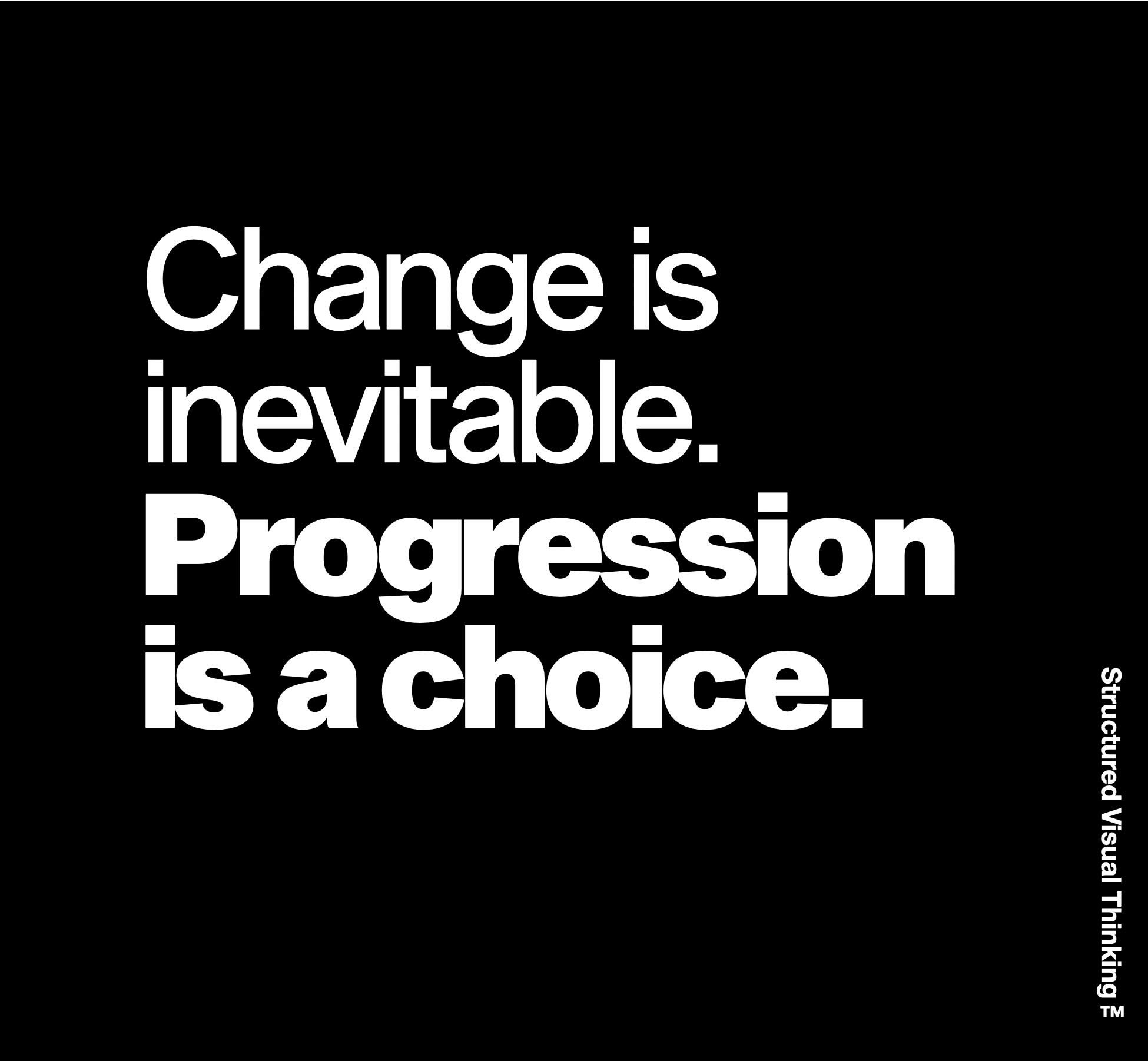






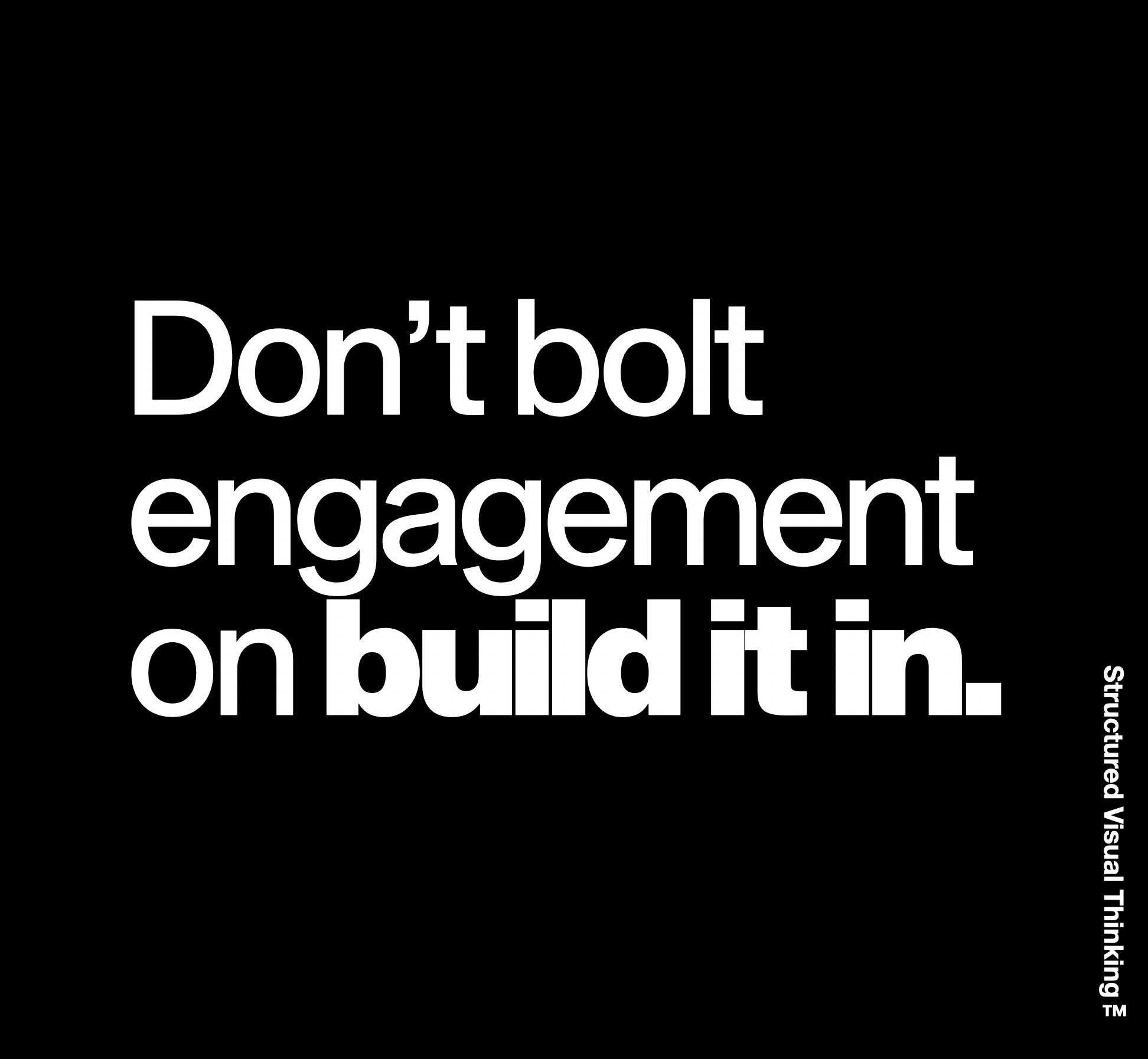

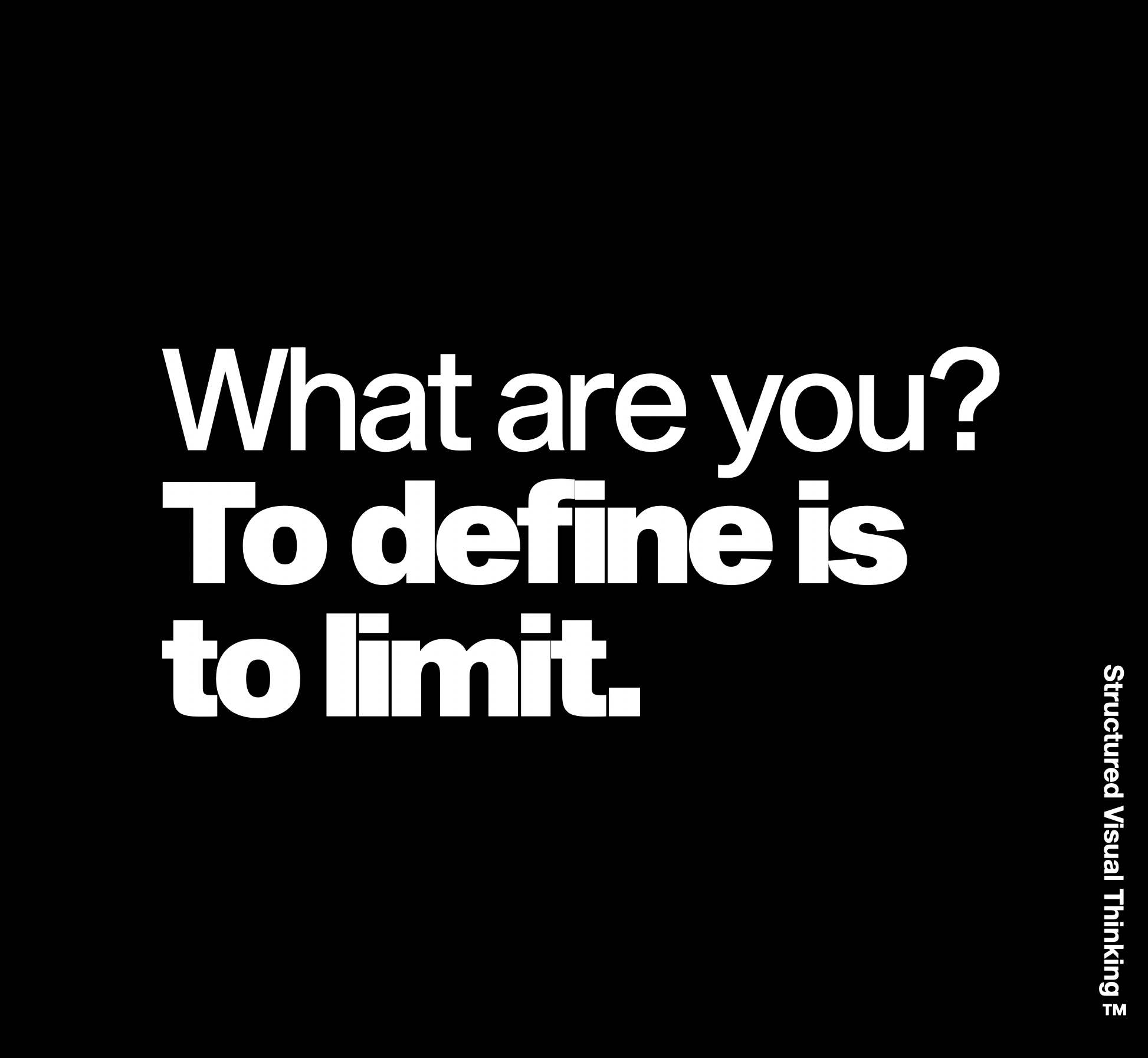




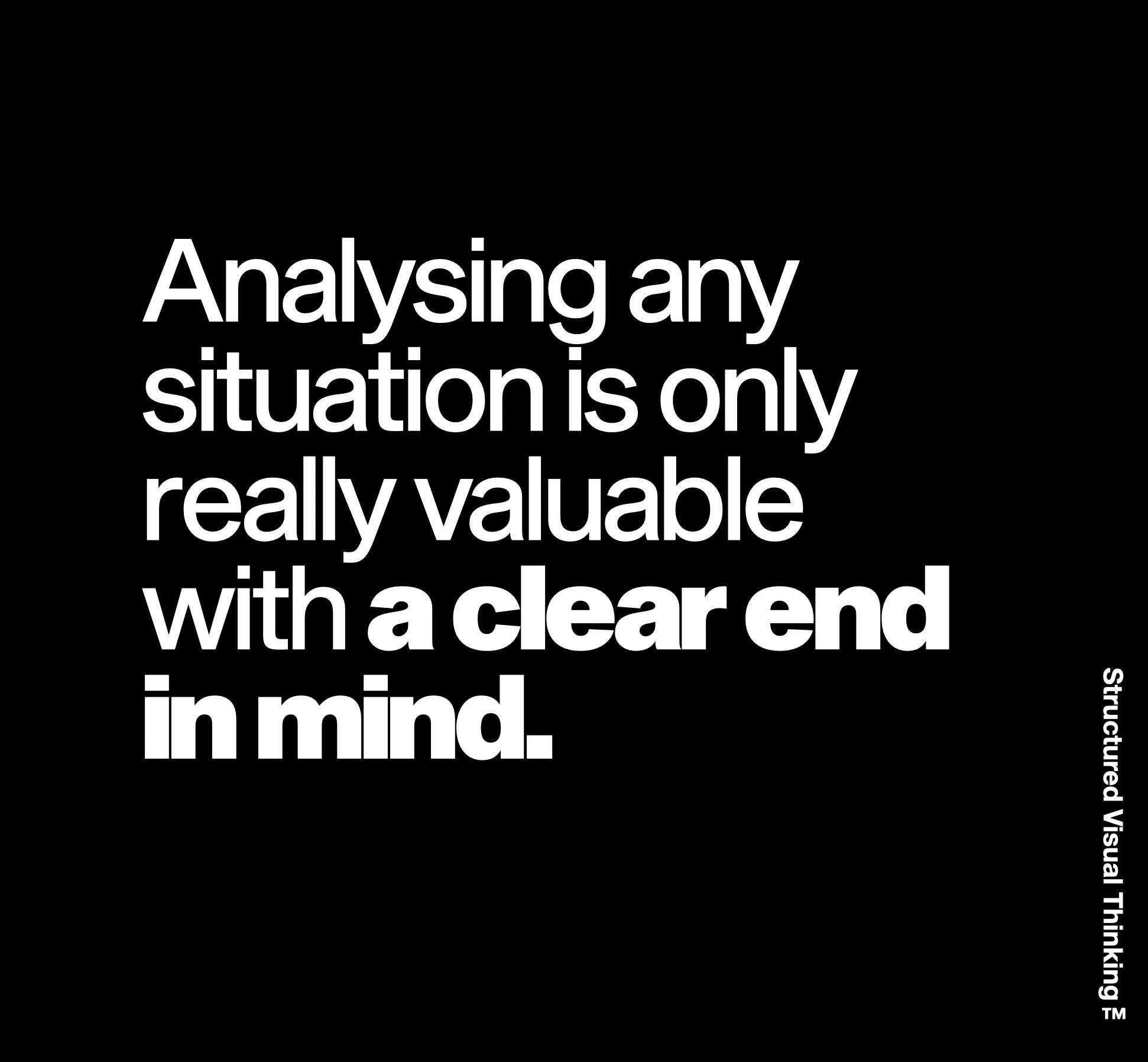












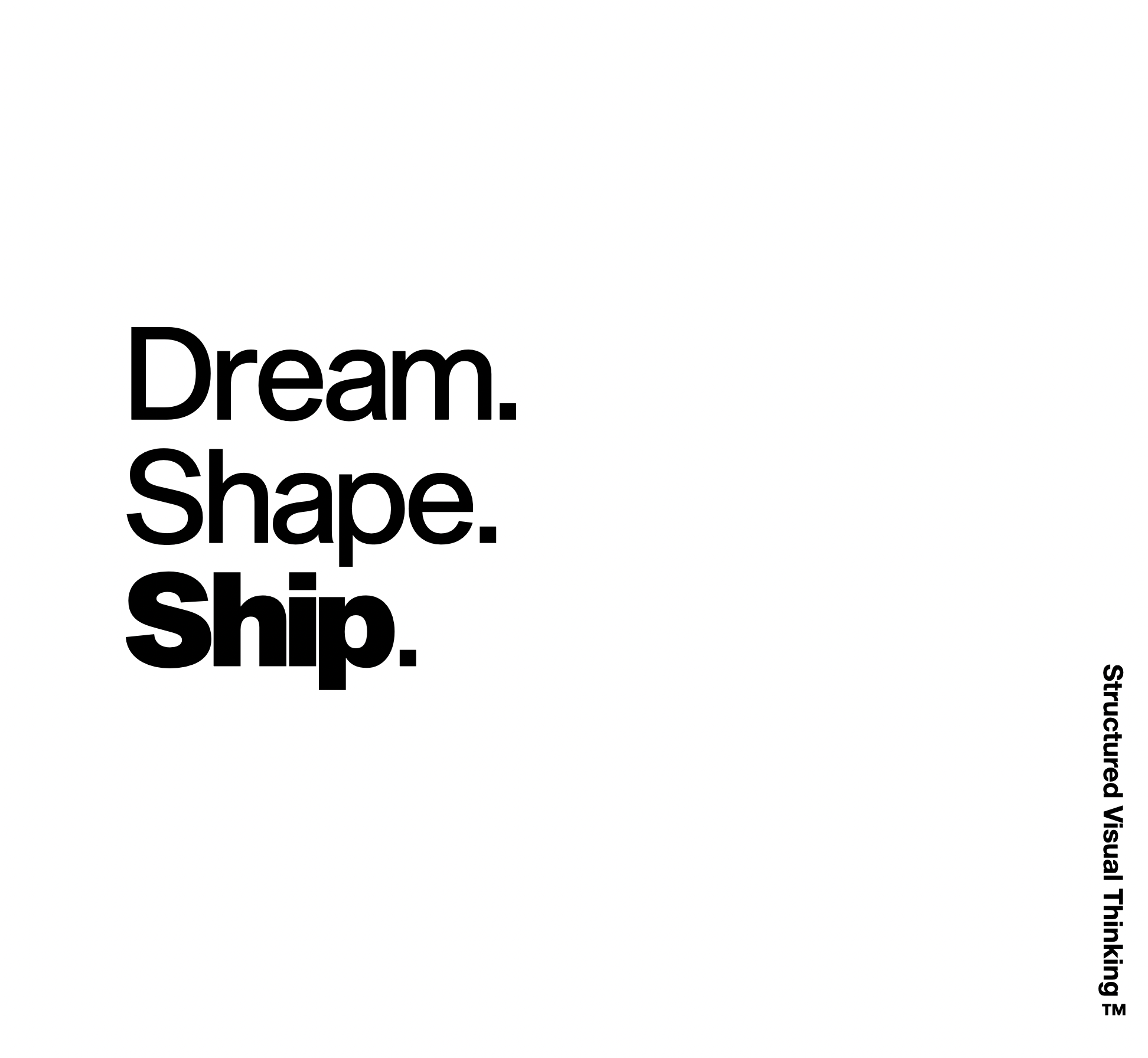









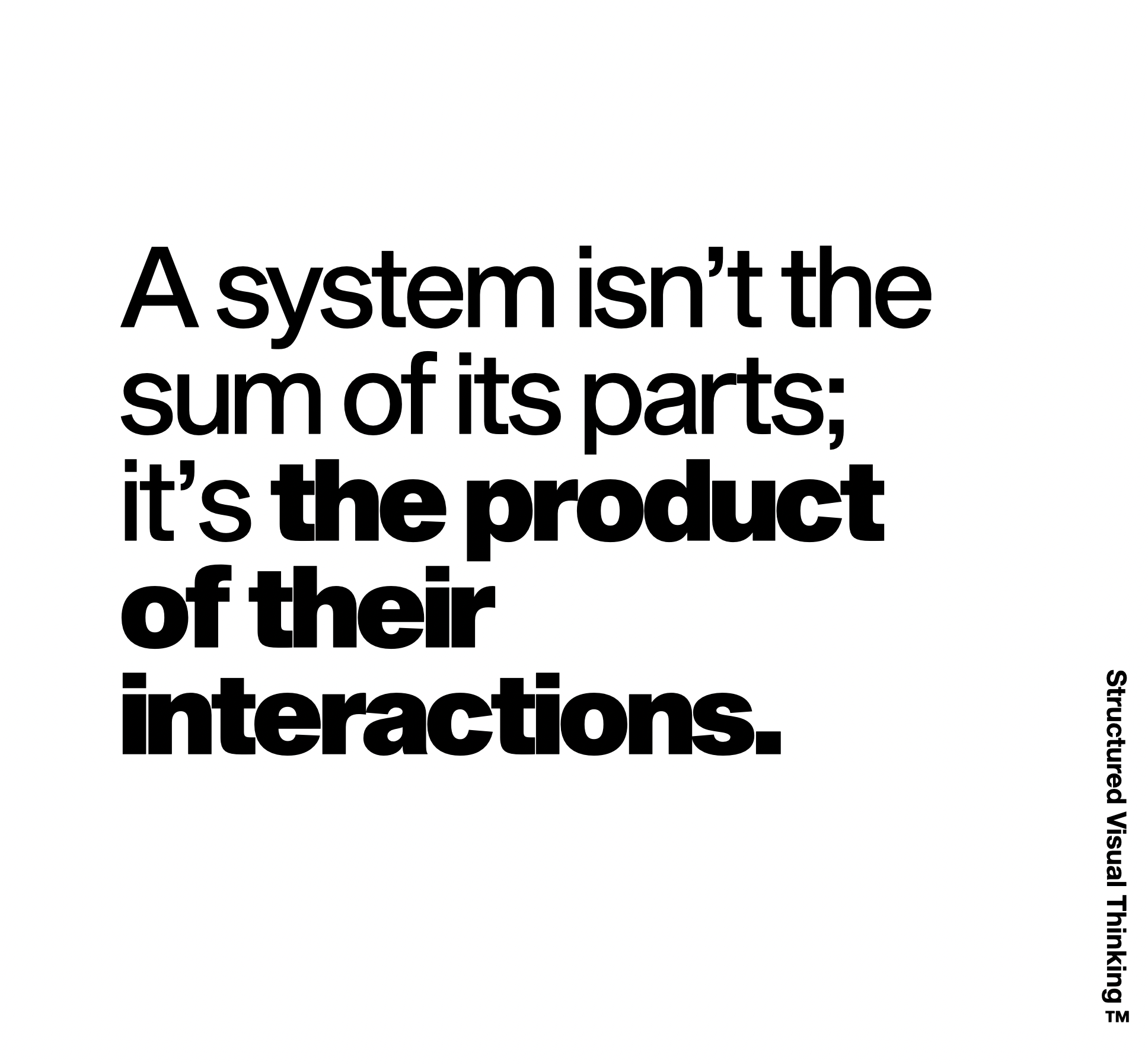





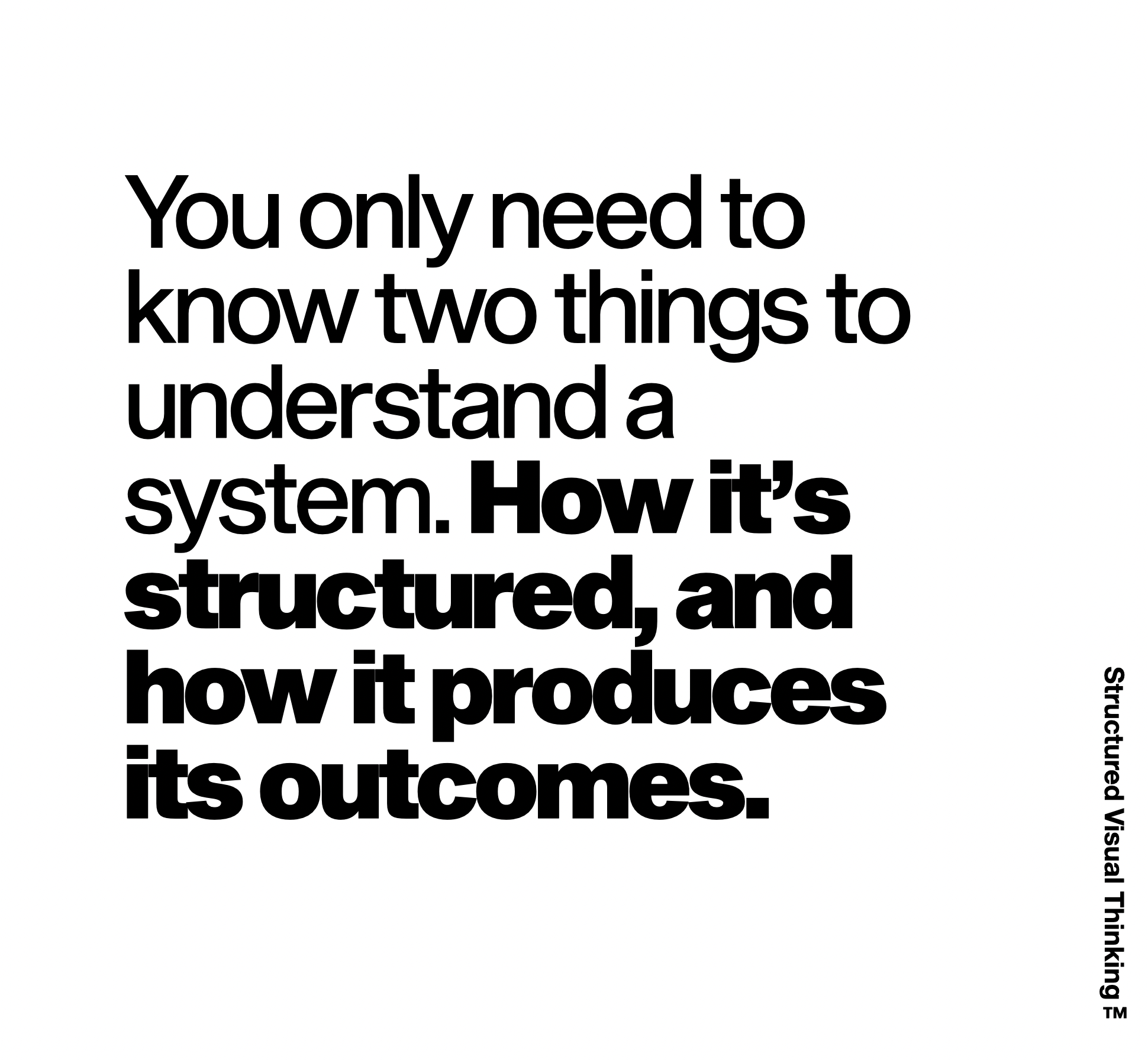



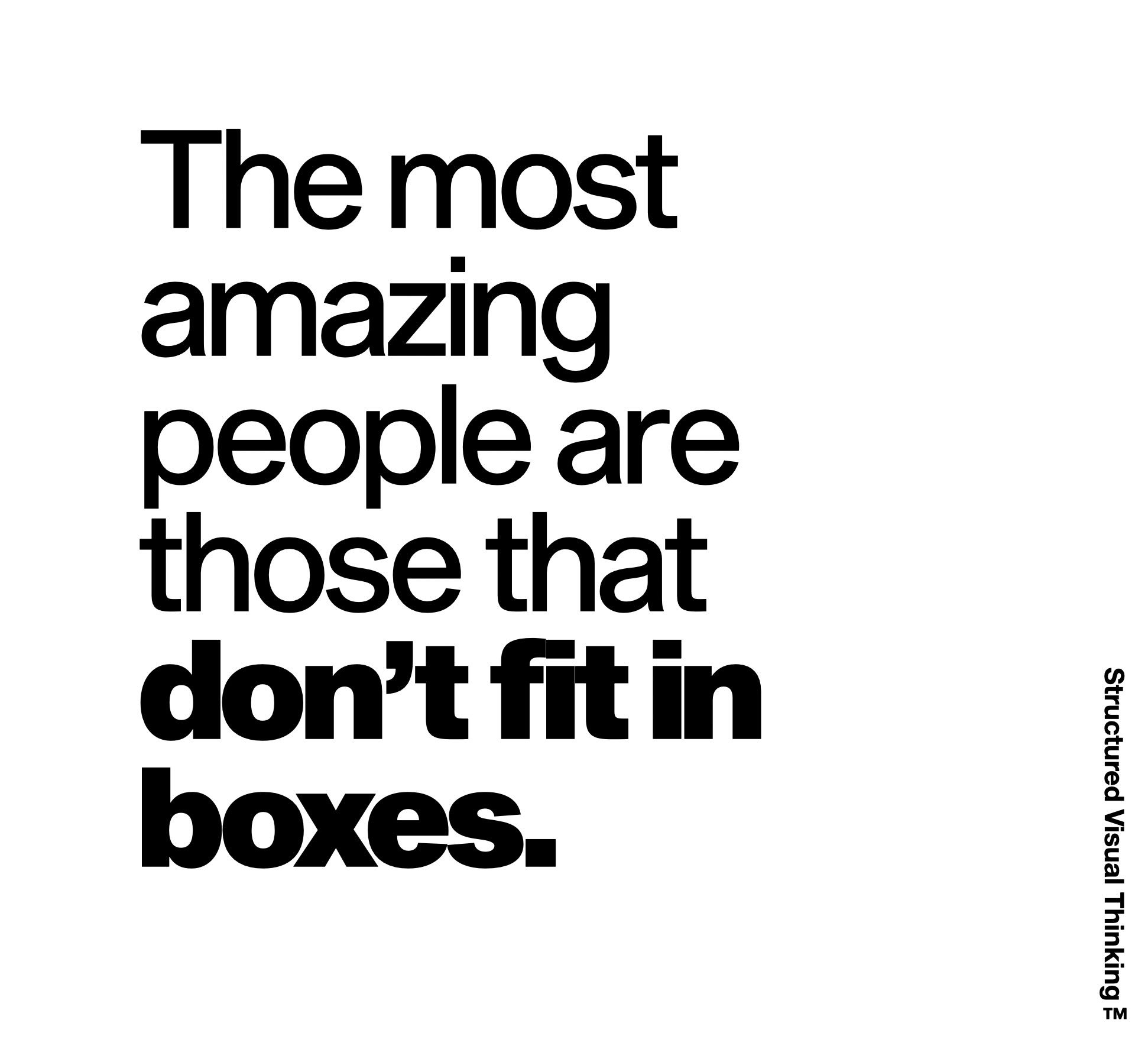


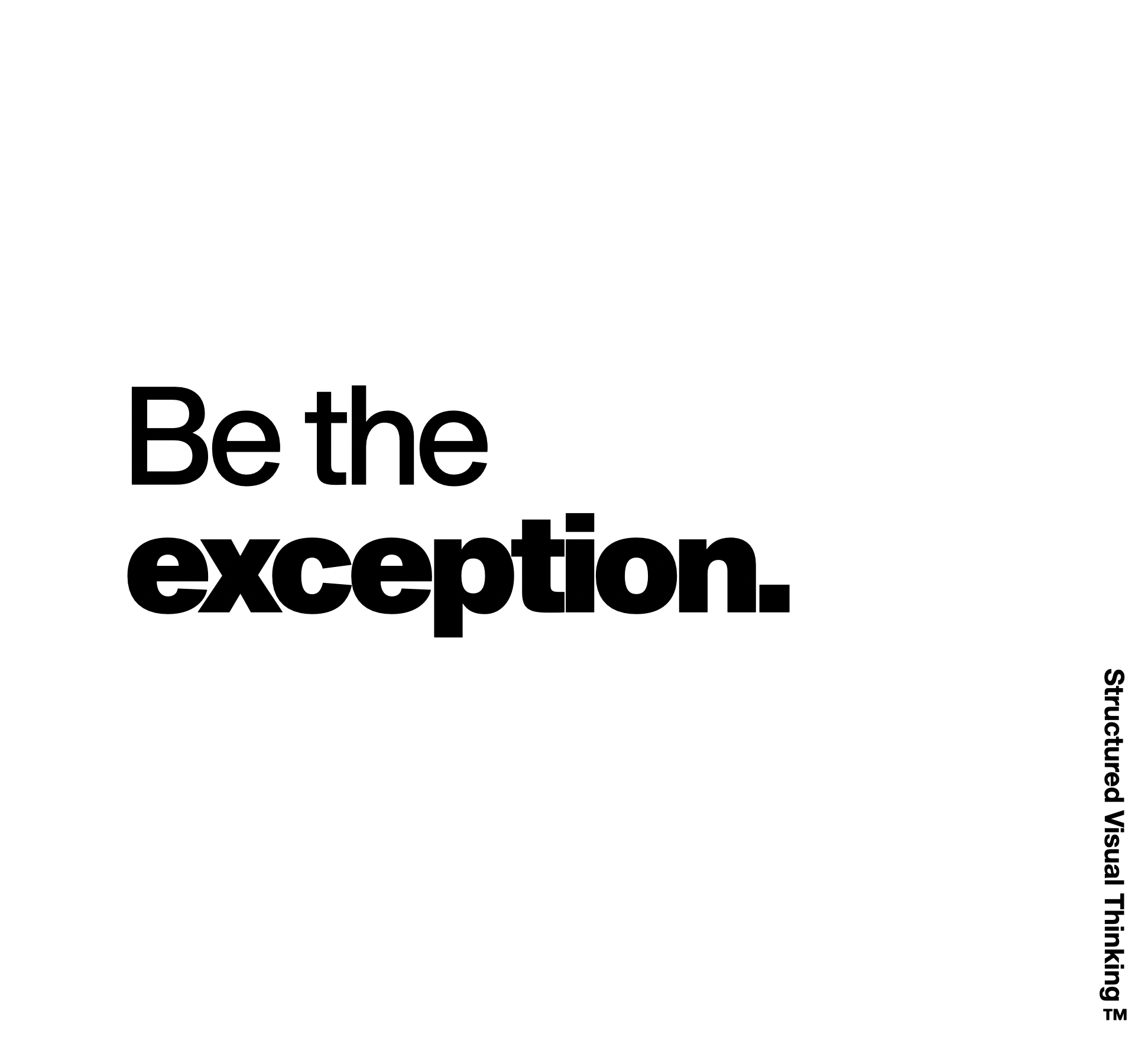
META-BELIEFS
Beliefs about my beliefs - how I form, test, and change them
META-BELIEF 1: Beliefs should be testable
Core Statement: The most useful beliefs make predictions that can be verified or falsified.
First Principles:
Feedback is essential for belief refinement
Untestable beliefs can become dogma
Reality is the ultimate arbiter
Beliefs should evolve with new evidence
Evidence For:
The success of my frameworks that made testable predictions
The failure of organizations clinging to unfalsifiable beliefs
My personal growth through testing and updating beliefs
Historical examples of progress through falsification
Evidence Against:
Some valuable beliefs concern values, not facts
Not all important beliefs yield short-term testable predictions
Testing can sometimes be impractical or unethical
Implications:
Formulate beliefs that make concrete predictions
Seek feedback loops for belief testing
Be wary of beliefs that cannot be challenged
Design experiments to test key assumptions
Key Questions:
How would I know if this belief is wrong?
What evidence would change my confidence level?
What experiment could I run to test this?
What predictions does this belief make?
Related Models/Concepts:
Falsifiability
Empiricism
Predictive processing
Scientific method
Personal Practices:
Prediction journaling
Scheduling regular reviews of past predictions
Seeking disconfirming evidence
Designing simple experiments to test beliefs
META-BELIEF 2: Multiple perspectives enhance understanding
Core Statement: No single viewpoint captures reality fully; integrating diverse perspectives yields better models.
First Principles:
All models are incomplete
Different perspectives highlight different aspects of reality
Cognitive diversity enhances problem-solving
Echo chambers reinforce limitations
Evidence For:
Research on cognitive diversity and problem-solving
My experience facilitating multi-stakeholder dialogues
The limitations I've observed in homogeneous teams
Historical examples of breakthroughs from cross-disciplinary thinking
Evidence Against:
Some contexts require specialized expertise
Diverse perspectives can increase complexity and conflict
Not all perspectives are equally valid for all problems
Implications:
Actively seek viewpoints that challenge my own
Design processes that integrate multiple perspectives
Value cognitive diversity in teams
Practice intellectual humility
Key Questions:
Whose perspective am I missing here?
How would someone with different experiences see this?
What disciplines might offer insight into this problem?
What assumptions am I making that others might question?
Related Models/Concepts:
Cognitive diversity
Perspective-taking
Integrative thinking
Dialectical reasoning
Personal Practices:
Cultivating relationships with diverse thinkers
Reading across disciplines
Practicing steel-manning opposing views
Using structured methods to integrate perspectives
CREATIVE PRINCIPLES
These are beliefs about creativity, innovation, design, and communication that guide my approach to transformative work.
CREATIVE PRINCIPLE 1: Visual thinking unlocks breakthrough insights
Core Statement: Visual frameworks tap into our innate pattern-recognition abilities, revealing connections and possibilities invisible to linear thinking.
First Principles:
Visual processing evolved before verbal processing in humans
Patterns and relationships become apparent when visualised
Complex systems are better understood spatially than sequentially
Visual thinking engages different neural pathways than verbal thinking
Evidence For:
The effectiveness of Structured Visual Thinking™ frameworks in organisational transformation
Neuroscience research on visual processing and pattern recognition
The historical use of visual models in scientific breakthroughs
The universal power of visual communication across cultural boundaries
Evidence Against:
Some concepts are difficult to visualize effectively
Visual literacy varies across individuals and cultures
Some problems benefit more from analytical than visual approaches
Implications:
Prioritise visual frameworks in complex problem-solving
Develop visual literacy as a core competency
Use visuals to bridge communication gaps
Create shared visual languages for collaboration
Key Questions:
How might this concept be visualised?
What patterns emerge when we map this visually?
What relationships are we missing in our linear thinking?
How can we use visual frameworks to simplify without oversimplifying?
Related Models/Concepts:
Visual frameworks
Mind mapping
Systems diagrams
Visual facilitation
Personal Practices:
Starting complex projects with visual mapping
Building visual literacy through regular practice
Creating visual models before verbal explanations
Developing shared visual languages with clients
CREATIVE PRINCIPLE 2: Creativity thrives at intersections
Core Statement: The most potent innovations emerge at the boundaries between disciplines, perspectives, and seemingly unrelated domains.
First Principles:
Novel combinations generate breakthrough ideas
Creativity often transfers solutions from one domain to another
Diverse inputs create richer possibility spaces
Constraints from different domains spark innovative workarounds
Evidence For:
Historical innovations that came from cross-disciplinary thinking
The success of diverse teams in creative problem-solving
My experience facilitating breakthrough sessions using diverse inputs
Research on the connection between diverse experiences and creativity
Evidence Against:
Some innovations require deep domain expertise
Too much diversity can create communication challenges
Some problems have optimal solutions within established domains
Implications:
Intentionally combine diverse perspectives in problem-solving
Look to other fields for solution patterns
Create teams with diverse cognitive styles and backgrounds
Design processes that encourage boundary-crossing
Key Questions:
What distant domains might provide insights for this challenge?
How might we combine seemingly unrelated ideas?
What happens if we import principles from [a different field]?
Where are the unexpected connections?
Related Models/Concepts:
Combinatorial creativity
T-shaped skills
Cross-pollination
Boundary objects
Personal Practices:
Reading widely across disciplines
Collecting ideas from diverse sources
Creating unusual combinations in workshop design
Bringing together diverse groups for problem-solving
CREATIVE PRINCIPLE 3: Design thinking is empathy in action
Core Statement: Transformative design starts with deeply understanding human needs, contexts, and experiences.
First Principles:
Solutions fail when they don’t address genuine human needs
Understanding precedes design
Empathy reveals problems worth solving
Context determines what works
Evidence For:
The failure of technically brilliant solutions that ignored human factors
The success of human-centered design methodologies
My experience with empathy-based problem redefinition
The role of ethnography in breakthrough innovations
Evidence Against:
Some innovations create needs that users didn’t know they had
User input can sometimes limit radical innovation
Some contexts prioritize other factors over user experience
Implications:
Begin with empathetic understanding before solution generation
Design with rather than for people
Invest in contextual research before problem definition
Test assumptions about needs and experiences
Key Questions:
Whose experience are we designing for?
What are the unspoken needs in this context?
How might we experience this from different perspectives?
What assumptions are we making about people’s needs?
Related Models/Concepts:
Design thinking
Ethnographic research
Jobs-to-be-done framework
Empathy mapping
Personal Practices:
Conducting immersive research in user contexts
Practicing perspective-taking exercises
Using role play to embody different viewpoints
Creating artifacts that externalise empathetic insights
CREATIVE PRINCIPLE 4: Communication creates reality
Core Statement: Language and communication describe and actively create reality through shared meaning and coordinated action.
First Principles:
• Organisations exist primarily as communication networks
• Words create worlds through shared meaning
• Communication shapes perception and possibility
• Stories coordinate collective action
Evidence For:
• The transformative impact of reframing in organizations
• My experience with narrative change leading to behavioural change
• Research on linguistic relativity and cognitive framing
• The role of metaphor in innovation and problem-solving
Evidence Against:
• Material realities exist independent of communication
• Some changes require more than linguistic intervention
• Communication effectiveness varies across contexts
Implications:
• Pay careful attention to language and framing
• Design communication to shape desired futures
• Use metaphor and narrative strategically
• Recognise communication as primary, not secondary
Key Questions:
• What reality is our current language creating?
• How might different framing open new possibilities?
• What metaphors are shaping our thinking?
• What stories are we telling that limit or enable action?
Related Models/Concepts:
• Linguistic framing
• Narrative leadership
• Speech act theory
• Generative metaphor
Personal Practices:
• Auditing language patterns in organisations
• Creating powerful generative metaphors
• Designing communication artifacts that shift perception
• Facilitating narrative transformation
CREATIVE PRINCIPLE 5: Constraints catalyze creativity
Core Statement: Boundaries, limitations, and constraints don’t hinder creativity—they focus and enhance it.
First Principles:
• Unlimited possibility creates paralysis, not innovation
• Constraints provide creative friction
• Boundaries define a problem space clearly
• Working within limits forces novel approaches
Evidence For:
• Research on creativity within constraints
• The historical pattern of innovations emerging from resource limitations
• My experience facilitating better outcomes with clear constraints
• The effectiveness of time-boxed creative exercises
Evidence Against:
• Some constraints are genuinely limiting rather than generative
• Different creative challenges require different types of constraints
• Excessive constraints can shut down creative thinking
Implications:
• Deliberately design productive constraints
• Embrace limitations as creative catalysts
• Define clear boundaries for creative work
• Use time constraints strategically
Key Questions:
• What are the enabling constraints in this situation?
• How might this limitation actually help us?
• What constraints should we add to focus creativity?
• What boundaries would make this problem more solvable?
Related Models/Concepts:
• Enabling constraints
• Creative tension
• Design parameters
• Structured creativity
Personal Practices:
• Designing clear constraints in workshop formats
• Imposing deliberate limitations on ideation
• Using time-boxing to drive creative intensity
• Framing problems with productive boundaries
CREATIVE PRINCIPLE 6: Prototype to think
Core Statement: Making ideas tangible through rapid prototyping accelerates learning and reveals insights impossible to discover through discussion alone.
First Principles:
• Thinking happens through making
• External representations reveal hidden assumptions
• Faster iteration leads to better solutions
• Concrete artifacts enable meaningful feedback
Evidence For:
• The success of rapid prototyping methodologies in innovation
• My experience with making thinking tangible in organizations
• Research on embodied cognition and distributed thinking
• The effectiveness of low-resolution prototypes in early design phases
Evidence Against:
• Some contexts require more deliberation before manifestation
• Premature prototyping can anchor thinking too early
• Some stakeholders respond poorly to unfinished work
Implications:
• Move quickly from concept to concrete representation
• Use physical and visual prototypes to externalise thinking
• Design for maximum learning rather than perfect execution
• Create feedback loops through tangible artifacts
Key Questions:
• How can we make this idea tangible?
• What’s the simplest way to prototype this concept?
• What would we learn by trying to build this?
• How might we externalize our thinking?
Related Models/Concepts:
• Rapid prototyping
• Minimum viable products
• Thinking through making
• Externalised cognition
Personal Practices:
Building quick physical models of concepts
Creating visual prototypes of frameworks
Designing experiences rather than presentations
Using artifacts to make thinking visible
SHORT STORYTELLING:
THE POWER OF CONCISE WISDOM
Belief Foundation
In a world drowning in information yet starving for meaning, concise wisdom cuts through noise. These expressions—aphorisms, axioms, koans, and quotes—deliver concentrated truth in an age of fractured attention.
I collect and craft these statements not as decoration but as essential tools for counter-programming against manipulative narratives. They create cognitive bridges, spark recognition, and unlock new perspectives in ways lengthy arguments cannot.
This collection represents ideas I've tested against anyone who would listen, as well as reality and found resilient. They inform my thinking, shape my work, and provide frameworks for understanding complexity. Each articulates a truth I've validated and integrated into my belief system.
WISDOM ON PERCEPTION & REALITY
"Reality is unknowably complex. We simplify to survive."
"We don't see things as they are. We see things as we are."
"The universe isn't only stranger than we think, it's stranger than we can think."
"Images no longer represent the world. Those new images are now articulations of thought."
"Our world is not divided by race, color, gender, or religion. Our world is divided into wise people and fools. And fools divide themselves by race, color, gender, or religion." - Nelson Mandela.
"Visual thinking unlocks patterns invisible to linear thinking."
WISDOM ON CREATIVITY & INNOVATION
"Structure exposes the system: flaws and all. Visualization engages the mind. Thinking does the rest."
"Creativity thrives at intersections of seemingly unrelated domains."
"Constraints catalyze creativity. Boundaries don't hinder—they focus and enhance."
"I begin with an idea and then it becomes something else."
"Prototype to think. Making ideas tangible reveals insights impossible to discover through discussion alone."
"What would you do if you knew you couldn't fail?"
"A system isn't the sum of its parts, it's the product of their interactions."
WISDOM ON ATTENTION & FOCUS
"One of the most expensive things you could ever do is pay attention to the wrong people."
"The art of knowing is knowing what to ignore."
"The rarest mineral is attention. Found through bitter experience."
"Master the art of observing. Many people look, but so few see."
"Expand your field of vision."
"The problem with closed-minded people is that their mouths are always open."
"Email—an endless to-do list written by everyone else, all at once."
WISDOM ON SYSTEMS & FRAMEWORKS
"Every system is perfectly designed to get the results it gets. Ensure what you get is based on what you want."
"Bad systems beat great people. Every second of every day."
"To understand a system, know how it's structured, how it functions, and how it produces its outcomes."
"Successful systems are created by design. Never by technology or accident."
"Systems thinking is the science of completeness."
"In times of dramatic change, it's not the change that's the problem but yesterday's logic and mindset."
"Frameworks have a magic to them, leaving nothing valuable out."
WISDOM ON LEADERSHIP & STRATEGY
"Rather than the leader, meetings should be guided by a proven facilitator. Dominant leaders kill the room."
"If it's meant to die because of the truth—it's meant to be!"
"The two traits of successful leaders: Humility and an iron will."
"Strategy isn't words; strategy is action."
"Core is what you do better than anyone else. Context is everything else you do."
"Market share is the wrong frame. Market making is the only mindset."
"Deciding what to stop is at the core of success."
"Impartiality. Regarding strategy, it's the only dog we need in the fight."
WISDOM ON COMMUNICATION & CONNECTION
"Empathy isn't just listening; it's asking the questions whose answers need to be listened to."
"Words are powerful. They can crush or heal a heart. They can shame or liberate a soul."
"Communication creates reality. Language doesn't just describe—it actively shapes through shared meaning."
"It's not the listening, it's the comprehension."
"Only have conversations with people prepared to open their minds to possibility."
"Listen and comprehend because you know how it feels to be unheard and misunderstood."
WISDOM ON PERSONAL GROWTH
"Before enlightenment, chop wood and carry water. After enlightenment, chop wood and carry water." - Zen Buddhism.
"The biggest fight of your life is with your mind."
"Your future needs you more than your past."
"I stopped explaining myself when I realized people only understand from their level of perception."
"If you get tired, learn to rest not to quit."
"You will be too much for some people. Those aren't your people."
"Growth is painful. Change is painful. But nothing is as painful as staying stuck somewhere you don't belong."
WISDOM ON ACTION & TRANSFORMATION
"If the highest aim of a captain were to preserve his ship, he would keep it in port forever." - Thomas Aquinas.
"Consider the possibility that you are the solution."
"If you want to make the wrong decision, ask everyone." - Naval
"A clever person solves a problem. A wise person avoids it."
"Don't try to be a magician. Be magic." - Leonard Cohen
"If the tables won't turn, flip them the fuck over."
"Force has no place where there is need for skill."
WISDOM ON AUTHENTICITY & PURPOSE
"Less perfection. More authenticity."
"Authenticity... Genuine human responses rather than the made-up crap we serve each other all day long."
"The meaning of life is to find your gift, the purpose of life is to give it away."
"I am not what happened to me, I am what I choose to become."
"To everything I've ever lost. Thank you for setting me free."
"The right choice is seldom the easy one."
"Things that excite us are not random; they're connected to our purpose. Follow them."
WISDOM ON CHANGE & UNCERTAINTY
"It is not the strongest of the species that survive, nor the most intelligent, but the one most responsive to change." - Dr. Leon C. Megginson.
"When a flower doesn't bloom, you fix the environment in which it grows, not the flower."
"Embrace uncertainty. Some of the most beautiful chapters in our lives won't have titles until much later."
"Old keys don't open new doors."
"No has magic within it. It creates a boundary that fires creativity. It's a yes in other words."
"In the nature of business if it exists alone kill it. Or it will kill the business."
"After tragedies, one has to invent a new world, knit it or embroider, make it up."
WISDOM ON THINKING & CLARITY
"Writing is thinking. To write well is to think clearly. That's why it's so hard." - David McCullough
"The sign of intelligence is that you are constantly wondering. Idiots are always dead sure about every damn thing."
"Think! Blow your own mind."
"A mind is like a parachute. It doesn't work if it is not open."
"People are scared by new ideas when they should be frightened by old ones."
"Clarity begins with a single, profound question."
"The strength of the answer lies in the depth of the question."
WISDOM ON RESILIENCE & PERSEVERANCE
"Life is like a camera. Focus on what's important. Capture the good. Develop from the negatives. And if things don't work out, take another shot."
"When I'm not working, I'm thinking about working."
"Make it happen. Shock everyone."
"Sooner or later everyone sits down to a banquet of consequences."
"Intelligence is not at the top of the list of superpowers. The ability to use setbacks as springboards is more important."
"Setbacks are new opportunities."
"Dream. Shape. Ship."
WISDOM ON SOCIETY & CULTURE
"We shape our tools and then our tools shape us." - Marshall McLuhan
"A country run by banks will always be in debt."
"Healthcare run by Big Pharma will never cure disease."
"A nation run by the media will never know the truth."
"A state run by war will never know peace."
"At this moment in history, there is not a single important cultural, religious, political, or social force that is pulling Americans together more than it is pushing us apart."
"It's the people who think they know, without doing the work, that ruin the world."
These expressions represent concentrated wisdom. In my mind, they inform my thinking and guide my actions. I refer to them daily as a creative tool. I collect and craft them to drive clarity in a complex world—they’re ‘cognitive bridges’ that help traverse challenging terrain.
While a single aphorism rarely captures the full complexity of truth, these statements serve as powerful starting points for deeper exploration and transformative thinking.
CONCLUSION
This Codex Vitae represents my current understanding, but I expect and welcome its evolution. I share it not as a definitive statement but as an invitation to dialogue and mutual growth.
I'd welcome the conversation if these ideas resonate with or challenge you. You can reach me through john@grouppartners.net or follow further explorations at this website and Medium.
https://medium.com/just-thinking
Last updated: March 2025

















